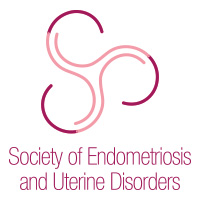Information for Health Practitioners

Referring a patient
MIGYNAE have a direct line for doctors when ringing the main rooms in Malvern: press 2 and your call will be answered immediately.
Should you wish, please feel free to do a general referral to the MIGYNAE group and our experienced clinicians will triage your patient and place them with the appropriate specialist.
If referring your patient for a Mirena insertion, we can expedite the procedure if you can supply swab results with the referral.
About minimally invasive Gynaecology surgery
Minimally invasive surgery including robotic-assisted surgery using a magnified, 3D high-definition camera, allows a surgeon to use techniques and equipment that limit the size and number of cuts, or incisions, that they need to make, which leads to less pain and scarring and an increased recovery rate. It is considered safer than open surgery and is recognised as providing reduced operative trauma and adverse effects. With minimal access surgery, the overall hospitalisation time is shorter. The incidence of post-surgery complications such as wound ruptures or adhesions is also much lower which leads to a decreased rate of infection and lower long term complication risks.
Our Principle Gynaecologist Dr Catarina Ang has obtained national and international fellowships in minimal invasive surgery training to ensure your patients receive the most technological advanced and evidence based care.
Robotic surgery for endometriosis and chronic pelvic pain
Robotic radical resection of endometriosis is performed in order to alleviate the pain associated with endometriosis and decrease the chances that our patients will require additional surgery at a later date. It is often performed together with robotic salpingo-oophorectomy (surgical removal of the ovaries and fallopian tubes), robotic hysterectomy, and robotic presacral neurectomy procedures. Surgeons are increasingly recognising that the use of robot-assisted surgery for this condition allows for better identification of abnormal versus normal areas of tissue, thanks to the excellent visualisation offered by the da Vinci Si’s magnified, 3-D high-definition camera. This technical advantage is likely to result in improved overall pain outcomes, as well as a reduced likelihood the patient will need future surgery.






